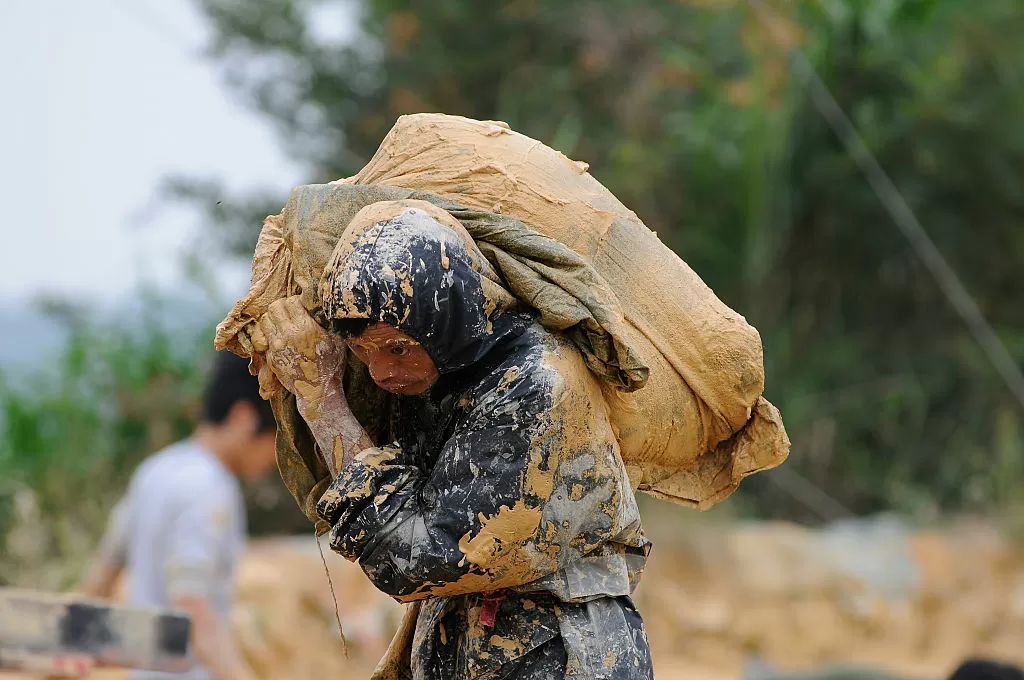China has long been known as the world’s leading producer of rare earth minerals, a group of 17 elements that are crucial for the production of high-tech products such as smartphones, computers, wind turbines, and electric cars. However, in recent years, China’s control over the global rare earth supply has raised concerns among other countries, especially the United States.
China’s dominance in the rare earth market can be attributed to its abundance of natural resources and low production costs. As a result, the country currently holds a near-monopoly in the production and export of these critical minerals, accounting for over 80% of the global supply. This control over the supply chain has given China immense power and influence in the global market, which it has not been hesitant to use for its own benefit.
In the past, China has used its rare earth exports as a bargaining chip in international trade disputes, causing concerns among its trade partners. However, in recent years, the country has implemented stricter export controls on rare earth minerals, raising the stakes even higher. This move has been met with growing concern from the United States, as it heavily relies on Chinese rare earth imports for its tech, defense, and supply chain industries.
The impact of China’s rare earth export controls on the United States is significant, as these minerals are crucial for the production of various products, including smartphones, computers, and electric cars. The United States heavily relies on these products for its technology sector, and any disruption in the supply chain can have severe consequences for the economy. Furthermore, rare earth minerals are also essential for the defense industry, as they are used in the production of military equipment and weapons.
The recent trade tensions between the United States and China have only amplified the concerns and risks associated with China’s rare earth export controls. In 2019, China threatened to restrict exports of rare earth minerals to the United States, which caused a significant increase in the prices of these minerals. This move was seen as a warning to the United States, as it heavily relies on these minerals for its technology and defense industries.
China’s rare earth export controls have also raised concerns about the global supply chain. As the world becomes more interconnected, any disruption in the rare earth supply can have a domino effect on various industries worldwide. The United States has recognized this risk and has taken steps to reduce its dependence on Chinese rare earth imports. However, the process of developing a domestic supply chain for rare earth minerals is a lengthy and costly one, and it will take time for the United States to become self-sufficient.
The United States is not the only country that is feeling the effects of China’s rare earth export controls. Other countries, including Japan and South Korea, also heavily rely on Chinese rare earth imports and are looking for alternative sources. This situation has led to a global race to secure a steady supply of rare earth minerals, with countries such as Australia and Canada ramping up production to meet the demand.
In response to China’s rare earth export controls, the United States has taken steps to reduce its dependence on Chinese imports and secure its supply chain. In July 2020, the U.S. government announced a plan to invest in domestic rare earth production, research, and recycling, with the aim of reducing the reliance on Chinese imports. This move has been welcomed by the industry and is seen as a step in the right direction towards securing the supply chain for these critical minerals.
In conclusion, China’s rare earth export controls have raised concerns and created significant challenges for the United States and other countries heavily reliant on these minerals. The increasing trade tensions between the United States and China have only amplified these concerns, highlighting the need for a more diverse and secure supply chain for rare earth minerals. The United States is taking steps to address this issue, but it will require cooperation and collaboration between countries to ensure a stable and sustainable supply of rare earth minerals for the future.


